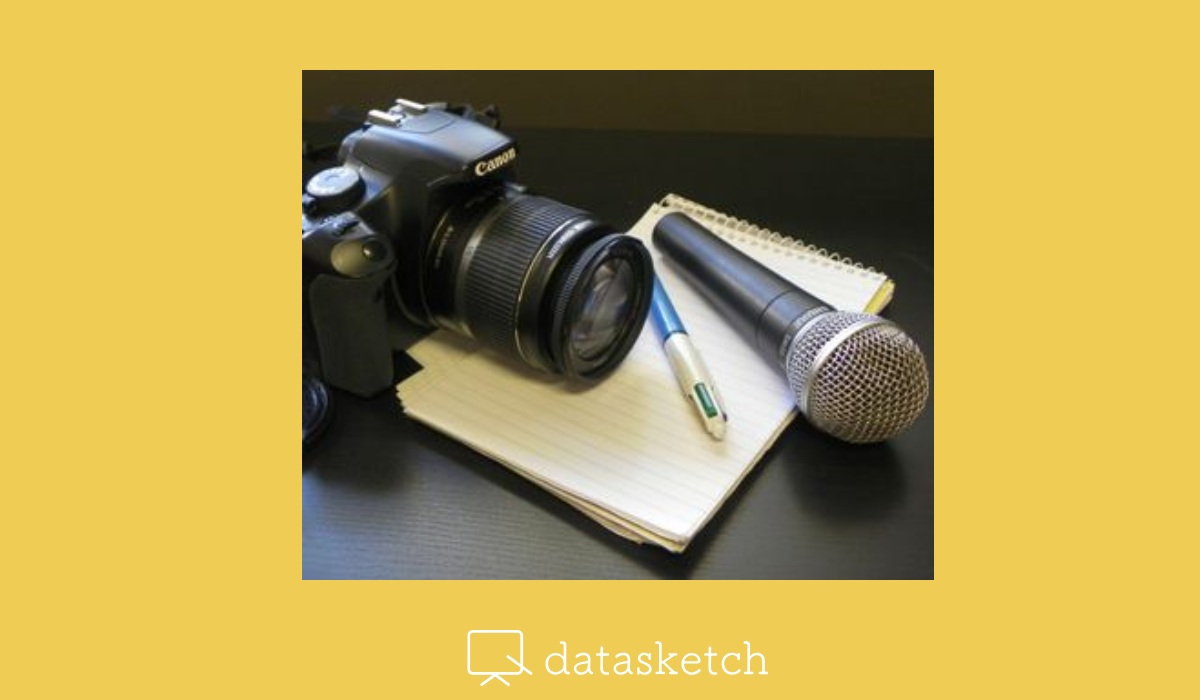
In a world where numbers and statistics are everywhere in public conversations, media outlets face a dual challenge: translating complex information for their audiences while also using it as a foundation for deeper investigations.
Data is no longer just a technical resource; today, it’s a key tool for narrating, explaining, and interpreting reality. At Datasketch, we’ve seen this firsthand through collaborations with media organizations around the world. Here’s how data is transforming journalistic work:
From Data to Discovery
For decades, the most impactful investigative reports were built around human sources. Today, they also rely on spreadsheets, open datasets, leaked documents, and interactive visualizations. Data journalism doesn’t replace traditional reporting—it enhances it. It allows journalists to detect patterns, expose anomalies, cross-reference information, and support hypotheses with transparency and concrete evidence.
In Latin America, we’ve already seen how teams of journalists and analysts have traced public contracts, documented femicides, mapped power networks, and exposed environmental crises through data work. In these cases, the story isn’t in the spreadsheet—it’s in what happens when good questions are asked of the data.
Translating the Technical, Explaining the Complex
But data isn’t only for investigation. It also helps us make sense of the world. Visualizing numbers can be a powerful way to explain social, economic, or environmental processes that are often difficult to communicate. How serious is the climate crisis? What are the implications of rising public debt? How has migration changed over the past decade?
A well-designed visualization can say more than many paragraphs. Charts, maps, and diagrams act as visual translations of complex phenomena. When done with rigor and creativity, they don’t just inform—they spark curiosity, conversation, and awareness.
At Datasketch, we’ve seen this in a wide range of projects developed with our partners—from maps analyzing trans rights in Latin America to Juego de votos, the platform that reveals political power networks in Colombia.
Better Practices in Newsrooms
Bringing data into the newsroom isn’t just a technical shift—it’s a move toward strengthening the journalistic craft. Working with data demands more rigorous practices: verifying sources, cleaning and processing information, documenting every step of the analysis, and providing clear context. All of this fosters a more open, collaborative, and quality-driven editorial culture.
At Datasketch, we developed the Data Management System for Newsrooms, an initiative that combines technology and data analysis to improve information management in newsrooms such as Vrije Universiteit Brussel, El Confidencial, and Voxeurop.
In a context where media credibility is constantly being tested, data journalism represents an opportunity to regain trust through transparency, evidence, and innovation. It’s not about turning every news story into a chart, but about using data when it adds clarity, context, and depth.
It’s also a way to stand out. In a digital ecosystem saturated with content, stories built with data—visually compelling and intentionally communicated—have a better chance of standing out. And above all, they have the potential to make an impact.
In the end, it’s not about using data for the sake of it—it’s about using data to do better journalism.